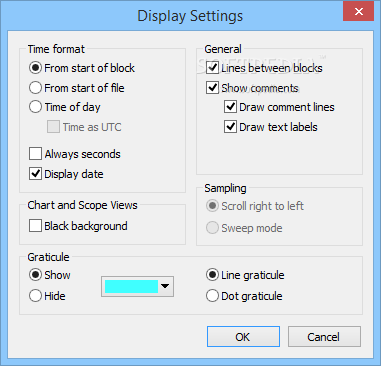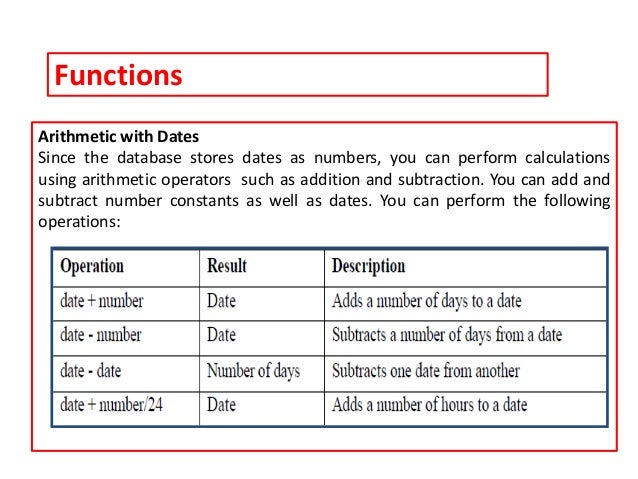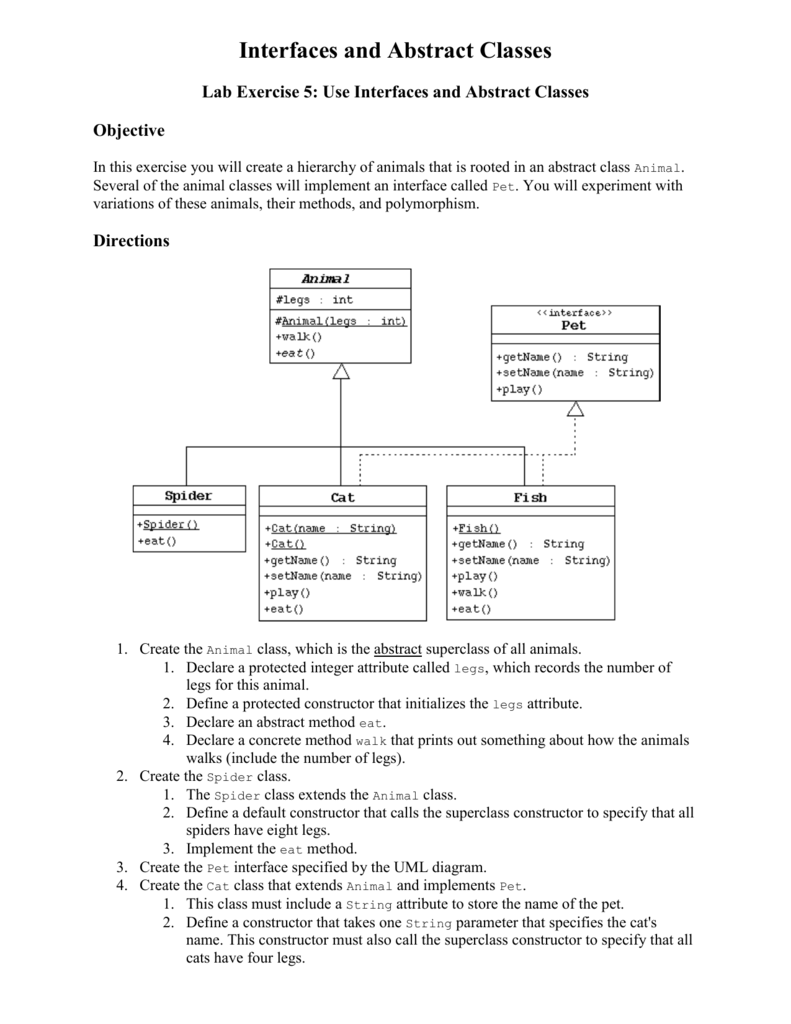

Trans-thoracic echocardiography derived stroke volume was used as the standard or reference measurement. We used an LBNP model in order to compare the performance of two non-invasive monitoring devices that utilised thoracic electrical bioimpedance and supra-sternal Doppler to measure stroke volume.

This pattern closely mirrors the cardiovascular changes seen with actual haemorrhage. Using this technique it is possible to elicit both the initial compensatory response to haemorrhage (tachycardia while blood pressure is maintained) and the later depressor phase (reflex bradycardia and hypotension) leading to pre-syncope and then syncope. As the LBNP is gradually augmented (made more negative with respect to atmospheric), progressively greater amounts of blood are trapped in the lower body and there is a corresponding decrease in venous return to the heart, simulating the effects of haemorrhage. Since the capacity of the pelvic veins is much greater than those of the legs, it is the pelvic veins that make the greatest contribution to this blood pooling. The pressure within the chamber is reduced to sub-atmospheric levels (application of LBNP), which results in blood pooling in the veins of the legs and pelvis. A subject is asked to lie supine with the lower portion of the body (from the waist down) sealed in a chamber. Progressive application of LBNP is a well-established technique used to simulate haemorrhage as well as a range of other conditions including syncope associated with orthostasis.


Obtaining precise effect and response data as it relates to the physiology of haemorrhagic shock is complicated by the uncontrolled nature of the clinical environment, an alternative approach is to study healthy volunteers using lower body negative pressure (LBNP), a technique which produces central hypovolaemia, and therefore simulates the early stages of haemorrhage. A monitoring system that could detect changes in flow and volume based parameters may allow better detection of early hypovolaemia in patients at risk of blood loss. However, the use of arterial blood pressure to estimate the degree of blood loss is problematic and potentially inaccurate and there is a poor association between recorded blood pressure and tissue perfusion parameters. Although the diagnosis of severe haemorrhage is often easy in retrospect, it can be challenging to make contemporaneously, especially as patients typically present to medical providers in austere settings far removed from the monitoring facilities available in the operating theatre or intensive care unit.ĭetection of haemorrhage induced hypovolaemia is usually based on assessment of so called traditional vital signs, particularly blood pressure. Haemorrhage remains the leading cause of preventable death following traumatic injury.


 0 kommentar(er)
0 kommentar(er)
